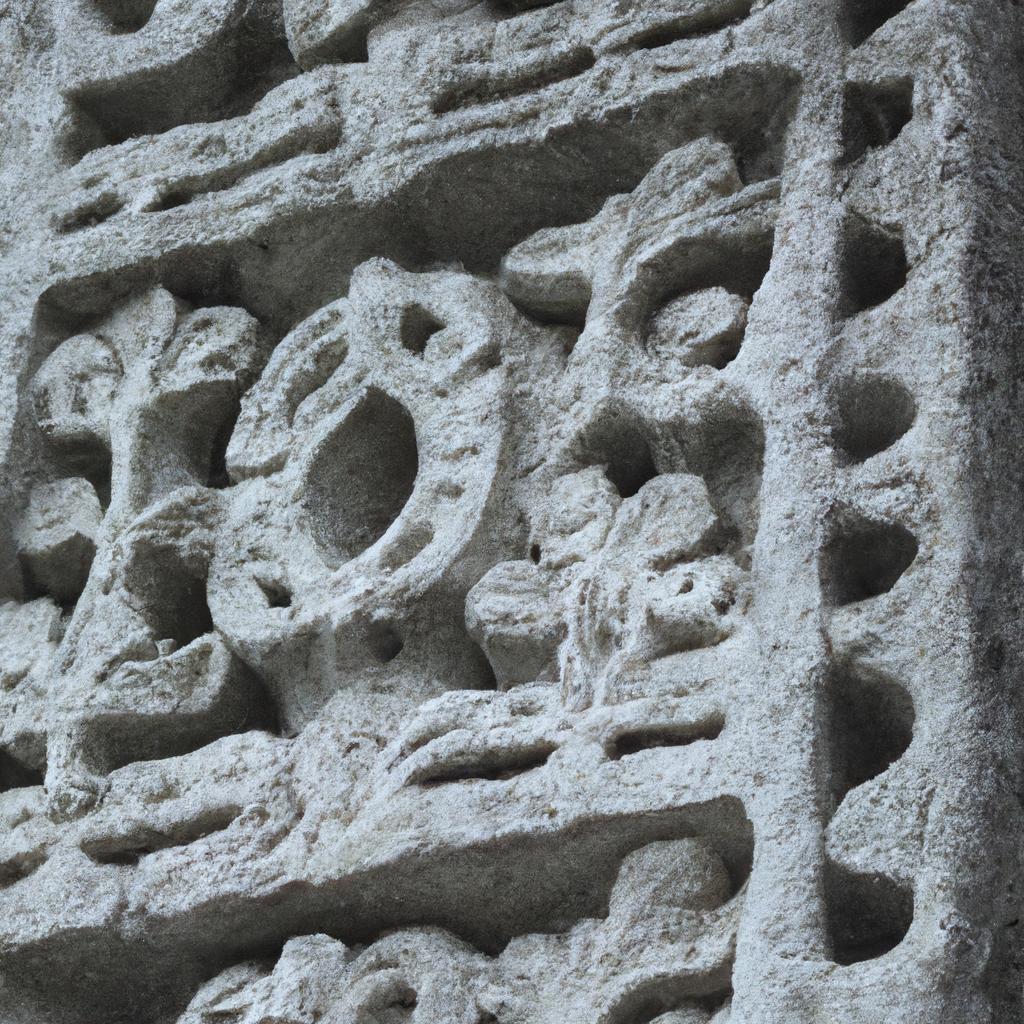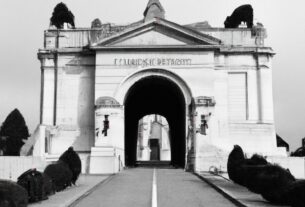If you’re planning a trip to Ethiopia, there’s one destination that should be at the top of your list – the Church of Saint George Lalibela. This architectural masterpiece is not only a UNESCO World Heritage Site but also offers a glimpse into the incredible world of Ethiopian Orthodox Christian art and architecture.
The Exterior Design of the Church
The Church of Saint George Lalibela is a testament to the skill and innovation of its builders. Carved into a solid rock mountain, it stands as a remarkable feat of engineering. Its exterior design features the distinct cruciform shape that is characteristic of Axumite architecture, alongside intricate carvings that adorn every section of the church.
The church’s facade boasts a series of arches and pillars, each embellished with unique designs. The roof is adorned with a striking cross, while the walls are decorated with crosses, geometric patterns, and other religious symbols. Every detail of the exterior serves as a testament to the talent and dedication of the craftsmen who brought this architectural wonder to life.
Unveiling the History and Background of the Church
Built in the late 12th or early 13th century by King Lalibela, the Church of Saint George Lalibela is the crowning jewel among the eleven rock-hewn churches in Lalibela. Legend has it that King Lalibela was inspired by a divine vision, which led him to construct these magnificent places of worship.
The construction of the Church of Saint George Lalibela was an incredible undertaking. Workers carved a moat around the rock mountain before meticulously sculpting the church from the inside out using simple tools like chisels and hammers. This immense effort reflected both the religious and cultural heritage of Ethiopia and the deep spiritual beliefs of its people.
Exploring the Design Elements of the Church’s Interior
Step inside the Church of Saint George Lalibela, and you’ll be greeted by a breathtaking interior. Pillars and arches divide the church into distinct sections, with the floor situated lower than its surroundings. As you descend the stairs and enter the church, you’ll be immersed in a world of intricate carvings, paintings, and frescoes.
The walls come alive with scenes from the Bible and Ethiopian Orthodox Church history, while the ceiling boasts a series of domes, each intricately designed and painted. However, the most awe-inspiring feature is the series of columns that support the roof, with each one intricately carved to represent one of the twelve apostles.
The Historical and Religious Significance of the Church
The Church of Saint George Lalibela holds immense historical and religious importance for Ethiopia. King Lalibela envisioned it as part of his broader plan to make Ethiopia a center of Christian pilgrimage. Even today, the church attracts countless religious travelers from all corners of the globe.
From an architectural perspective, the church’s construction is a marvel. It stands as one of the finest examples of rock-hewn architecture worldwide, showcasing intricate designs and carvings that reflect the skill and dedication of its craftsmen.
Delving into the Kingdom of Lalibela and the Church’s Construction
The Kingdom of Lalibela, established by King Lalibela in the 12th century, provides the backdrop for this remarkable church. As a devout Christian, King Lalibela embarked on a mission to create a series of rock-hewn churches, with the Church of Saint George Lalibela as the centerpiece.
The construction process involved thousands of workers, who painstakingly chiseled and hammered away at the solid rock mountain over several decades. The church’s completion not only solidified Ethiopia’s status as a center of Christian pilgrimage but also stood as a testament to the Ethiopian people’s deep spiritual beliefs and cultural heritage.
The Church’s Interior Design: A Masterpiece Unveiled
Inside the Church of Saint George Lalibela, visitors are treated to a true masterpiece of Ethiopian Orthodox Christian art and architecture. The interior is divided into three main sections, each boasting its own unique design and artwork.
First, the narthex serves as the church’s main entrance. It features pillars, arches, and walls adorned with paintings and carvings depicting biblical scenes. Moving into the nave, the main area where the congregation gathers, one finds frescoes and carvings portraying the life of Christ and other religious figures. Finally, the sanctuary, the most sacred part of the church, is separated from the nave by a striking carved wooden screen. Within the sanctuary lies the altar and the tabot, a replica of the Ark of the Covenant.
Decoding the Symbolism and Elements of the Church’s Design
The Church of Saint George Lalibela is a testament to the deep spiritual beliefs and rich cultural heritage of the Ethiopian people. Its design is infused with various elements and symbolism, each carrying significant religious meaning.
The central symbol within the church is the cross, representing Ethiopian Orthodox Christianity. The walls, ceilings, and floors are adorned with crosses, each bearing its own unique design and significance. Geometric patterns, another recurring theme in Ethiopian Orthodox Christian art and architecture, symbolize religious concepts like the Holy Trinity and the Four Evangelists.
The Church’s Religious Significance
The Church of Saint George Lalibela holds great importance for the Ethiopian Orthodox Church. It plays a vital role in the spiritual lives of Ethiopians, who practice their faith with unique traditions and beliefs. The Ethiopian Orthodox Church observes fasting periods, places strong emphasis on prayer and meditation, and holds the Church of Saint George Lalibela as an essential pilgrimage site.
Visiting this church provides an opportunity to witness firsthand the religious practices of the Ethiopian Orthodox Church, gaining a deeper understanding of Ethiopia’s religious heritage.
Conclusion
The Church of Saint George Lalibela stands as a remarkable testament to Ethiopian Orthodox Christian art and architecture, revealing the rich cultural and religious history of Ethiopia. Its awe-inspiring exterior and intricately designed interior tell a story of the craftsmen’s talent and dedication.
As a news platform dedicated to nature, gardening, and animals, TooLacks invites you to explore the cultural, historical, and religious significance of the Church of Saint George Lalibela. A visit to this remarkable site is a chance to immerse yourself in Ethiopian Orthodox Christian art and architecture and to gain a profound appreciation for Ethiopia’s vibrant cultural heritage.



